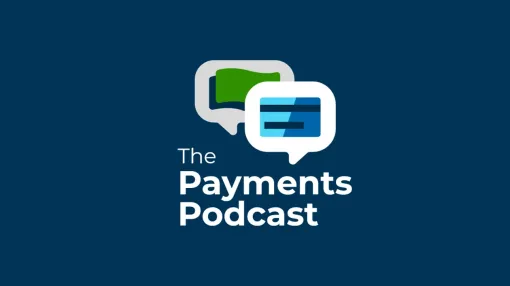There’s a reason data is the vital sign of a healthy business
Without it, challenges like payments automation, cash management and forecasting can be difficult to execute. This statement is particularly true in the fast-paced world of accounts payable (AP), where effective reporting is crucial for informed decision-making and financial analysis.
As AP automation continues gaining traction among companies of all sizes, the reporting function is expanding and generating valuable data about suppliers and their transactions. The AP automation solution your company chooses (or is currently using) should offer several customized and exportable reports, both from a payments and remittance standpoint. To maximize the effectiveness of these reports, we recommend focusing on these seven areas:
Demand enhanced specificity:
Your AP automation solution should get down to granular, workable details. For example, a Bank Account Reconciliation Report helps users easily distinguish debits from credits; an Export Tool for ‘My Vendors’ will help access vendor data and allow AP teams to better obtain and manage their vendor base. Also, look for granularity around card payment types allowing users to see authorizations and settlements, including the data associated with those transactions, all in one report. Sometimes payors have cards that are outstanding for up to 30 days before they expire, and they want to wrap up month-end reporting while they’re trying to understand why vendors haven’t pulled funds off a particular virtual card. They can run card reconciliation reports to understand the outstanding payments better.
Demand customization:
Your solution provider should make report customization a standard feature. Job-function-specific reporting, for example, is an important piece of the puzzle. For AP teams trying to wrap up month-end or year-end reports and looking at payment and remittance reports, those are probably the most valuable to customize. Suppose you’re looking at the return on recent premium campaigns. In that case, whether it’s virtual cards or premium ACH earning the dividends, your solution should offer reports detailing the total revenue from those various programs. Customizing reports allows you to cut down the noise of broad data sets and save time because you don’t have to scan through unneeded data.
Make the customized reports repeatable:
There’s another opportunity to work more on scheduled, customized reports, so that AP teams can set up a repeatable process that guarantees delivery to their inbox more regularly. These notifications would prevent the team from repeatedly logging into a third-party system and entering those specific parameters delivered in a customized notification. So, if the customer is looking for a report on the third week of every month, or the 2nd week of a new month, customized reporting will accommodate their requests.
Share data from AP automation with senior executives:
It’s essential to have definable metrics or KPIs so that senior executives can see a difference over time as they begin to implement some of those automated processes. It helps to connect the data to potential decisions. If you’re going to generate a spend distribution report, know that it can inform strategic decisions about renegotiating contracts, identifying opportunities for bulk purchasing, early pay discounts, and ensuring that there isn't over-reliance on a single supplier.
Remove paper:
Removing paper processes and digitizing your payments will help further automation downstream, and frankly, getting paper out of the picture is overdue. When reconciling your books or running month-end reports, electronic payments and associated reporting will make your life a lot easier. It’s not just a value add from delivering payments electronically and not having to deal with cutting paper checks on the front end, but also reconciling your books in a more automated fashion on the back end.
Move to real-time reporting:
With integrated systems and enhanced visibility, businesses can expect real-time access to relevant information. This improved visibility enables accurate analysis of usage statistics, transaction volumes, and other vital metrics, facilitating trend analysis and performance tracking. Automating the delivery of those reports to further cut down on manual work is something every business should support.
Look to the future of your solution:
In in the short-term, future AP automation solutions will offer increased data visibility, integrations and APIs. Integrating AP automation data with other enterprise systems, such as Enterprise Resource Planning (ERP) and Customer Relationship Management (CRM) systems, can offer even deeper insights, enabling more holistic decision-making across an organization. Expect to have all the information at our fingertips in real time. That information should extend from week-to-week to yearly reporting. It should include transaction volumes, payment types, vendor-specific reports and the number of electronic invoices processed. When your reporting system captures and analyzes invoices, you can monitor metrics like on-time delivery rate, discrepancy rate in invoices, and frequency of quality issues. The outcome? More accurate evaluation of supplier relationships, renegotiating contracts, or seeking alternative suppliers when performance metrics don't meet standards.
The Bottom Line:
AP reporting continues to leave its “set it and forget it” reputation in the dust. When utilized in full, it provides significant insights through data analytics. For an AP automation solution to be fully efficient and effective, it should include a wide range of customizable data reporting features available in real time.


